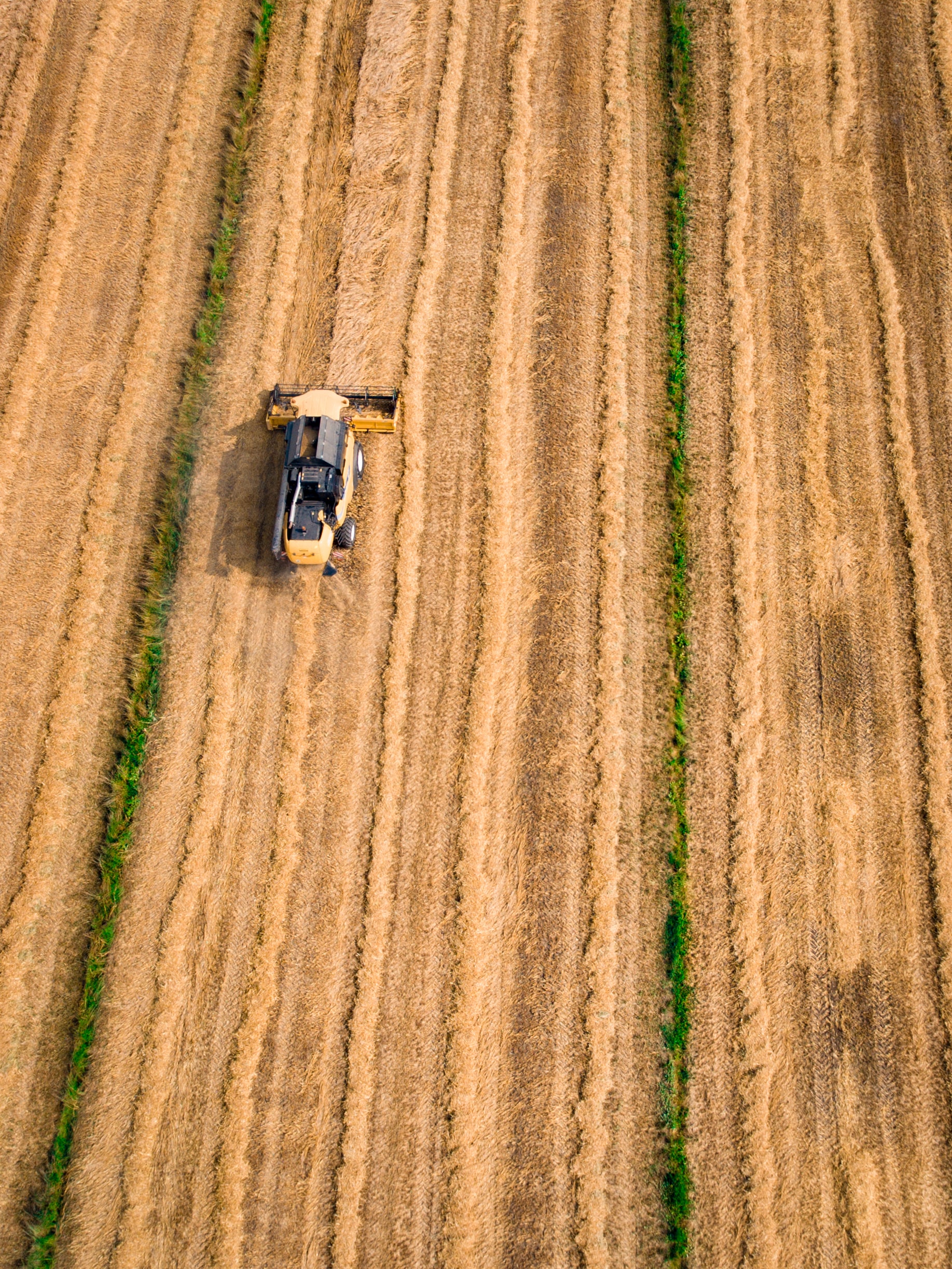The pillars of Precision Farming: getting more out of a square metre of land
Precision Farming or Smart Farming is a term that is increasingly being mentioned in the agricultural sector. Although it may seem like a trendy buzzword, it is something that farmers today should definitely consider. Especially now that the industry is under so much pressure from changing policies and competition is extremely competitive. In this article, we briefly explain what it entails and the pillars for successful precision farming.


Enter the conversation with Koen!
What is Precision Farming
Precision Farming, also known as smart farming, is a strategic approach to the agricultural process. By applying modern technology, Precision Farming aims to maximise yields and minimise resources. This can be seen as a digital process optimisation of agriculture. This sounds like an approach which loses contact with the soil and the product, but nothing could be further from the truth. Precision Farming enables the farmer to gain a detailed insight into the soil, to make better decisions and to work in a more targeted manner towards a harvest of optimal quality.
Pillars
Precision farming is a process founded on a number of pillars. It is a circular system of four parts linked together. There are different ways of applying this, but in essence it is always the same system. It involves 1. collecting data, 2 analysing data, 3. acting automatically and 4. controlling. Below, we will briefly explain how these pillars can be implemented.
-
Data collect
The basis of Precision Farming is collecting as much relevant data as possible. As a farmer, you know better than anyone else what information is important for optimising the harvest. The question is which technology best maps that out. For this, the possibilities are endless. For instance, it is possible to use satellite images to map fields. Satellite images can say a lot about the properties of the land. There is also a wide variety of sensors that can map soil values or livestock health. A good example of this is Farm21. Drones with cameras can also watch over the land and observe peculiarities. The important thing in this step is that you use your expertise as a farmer to set up the most effective composition of sensors that work for you.
-
Analyse data
A.I. and Machine Learning Data is worthless if it is not analysed in the right way. What does the data say? What do the values mean? Which data correlate with each other? Smart software can help with this. Technology like AI and Machine Learning, can learn to analyse and trend data on its own using a few simple instructions. From this, algorithms emerge that turn complex data analysis into bite-sized action points.
-
Automatic anticipation
An essential factor in agriculture is time. Acting in time when conditions change can save an entire crop. Time is also an important aspect in precision farming. Because sensors give real-time insight into the situation and data can be analysed in a split second, it is possible to anticipate immediately. By deploying robots and automatic systems, important tasks can be carried out quickly. Think, for instance, of an automatic irrigation system that uses data from sensors and satellite images to automatically give the right amount of nutrition to the soil at specific locations. GPS technology plays an important role in this.
-
Monitoring and control
The preceding steps paint a picture of fully automated farming. Yet the farmer himself is the most important link in it all. The farmer knows the land, crops or livestock. This expertise is indispensable. Therefore, software is needed that allows the farmer to monitor and control the processes. This software is designed for the farmer's ease of use, gives a clear overview of all information and allows all processes to be adjusted manually. In this way, precision farming gives the farmer room to work optimally.
Benefits
So Precision Farming comes with a lot of advantages. First of all, it ensures that crops get exactly what they need. Down to the square metre, this can be fine-tuned. This means that crops never get too little nutrition and, moreover, are not over-fertilised. As a result, all resources are used more cost-efficiently. At the same time, this also makes it easier to comply with today's strict climate legislation. In the end, it is the farmer who benefits the most. Through optimal harvests and efficient cultivation, precision farming will result in fewer costs and man-hours and more income.

